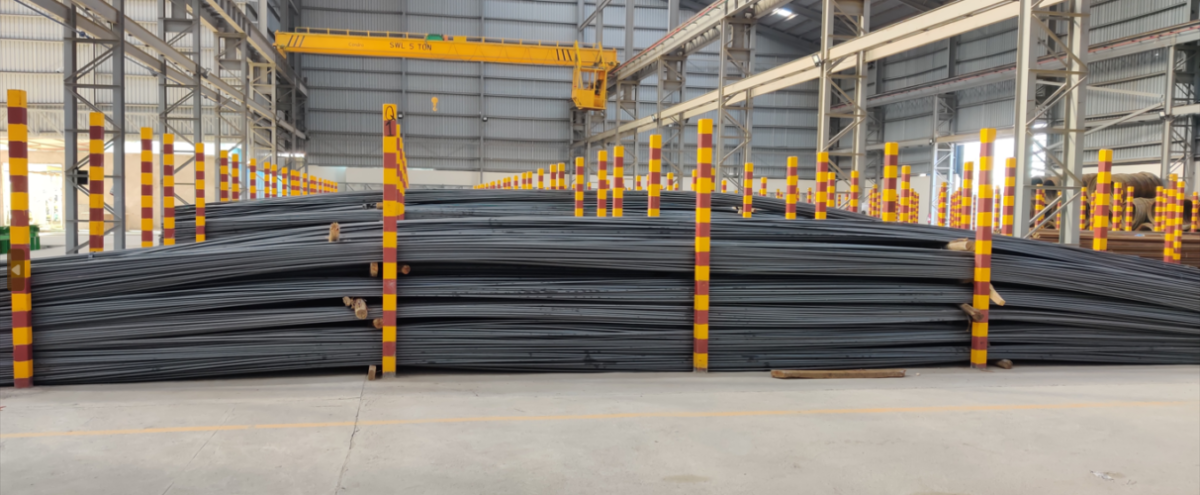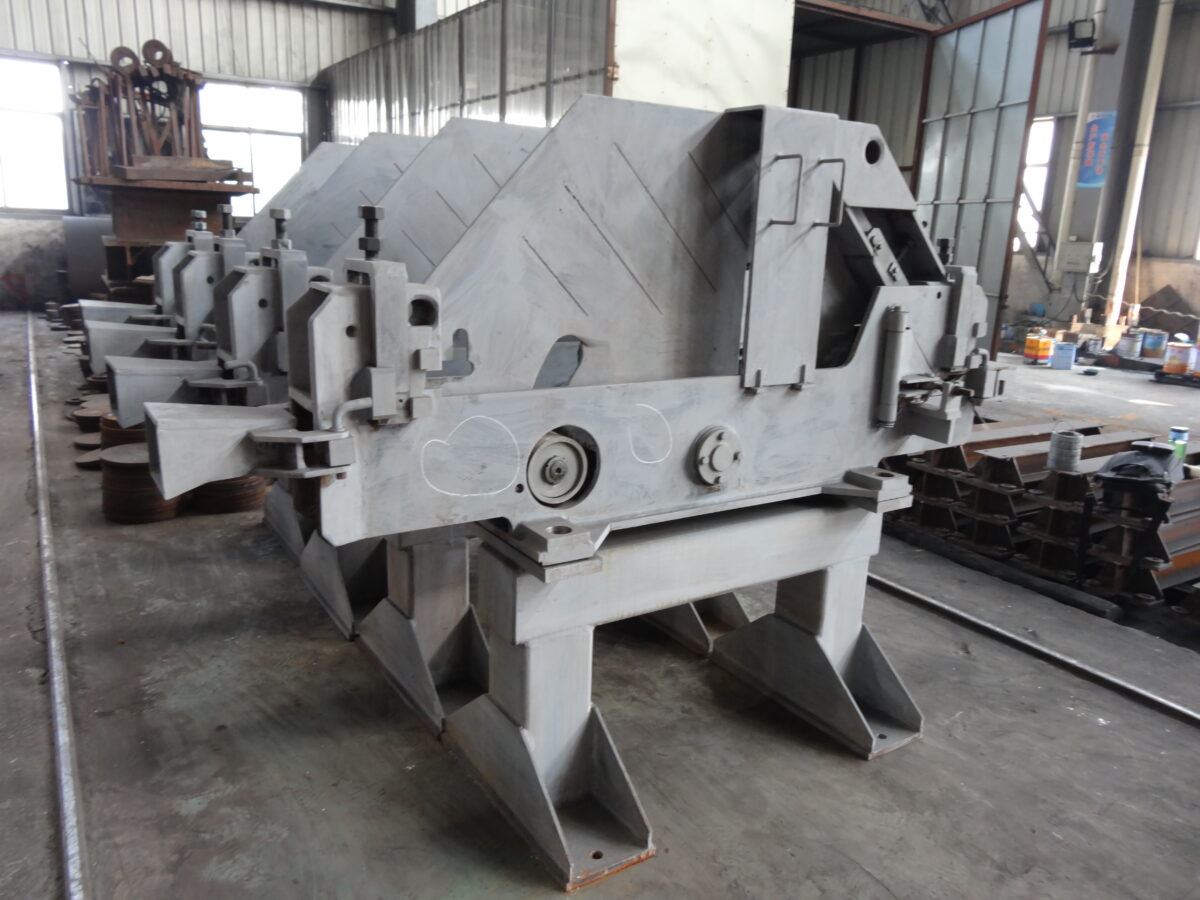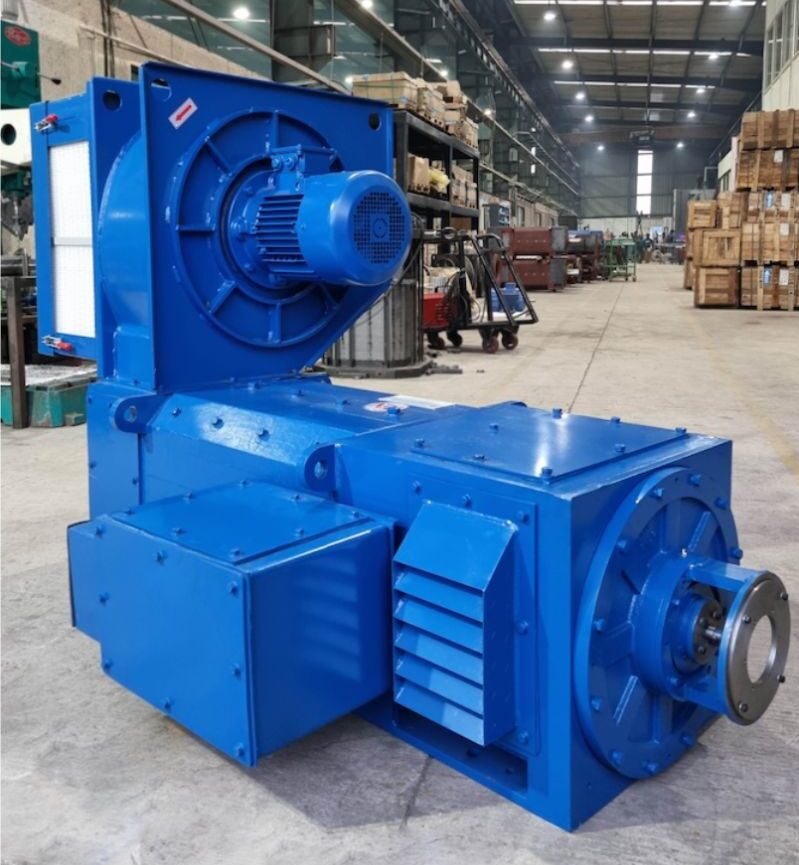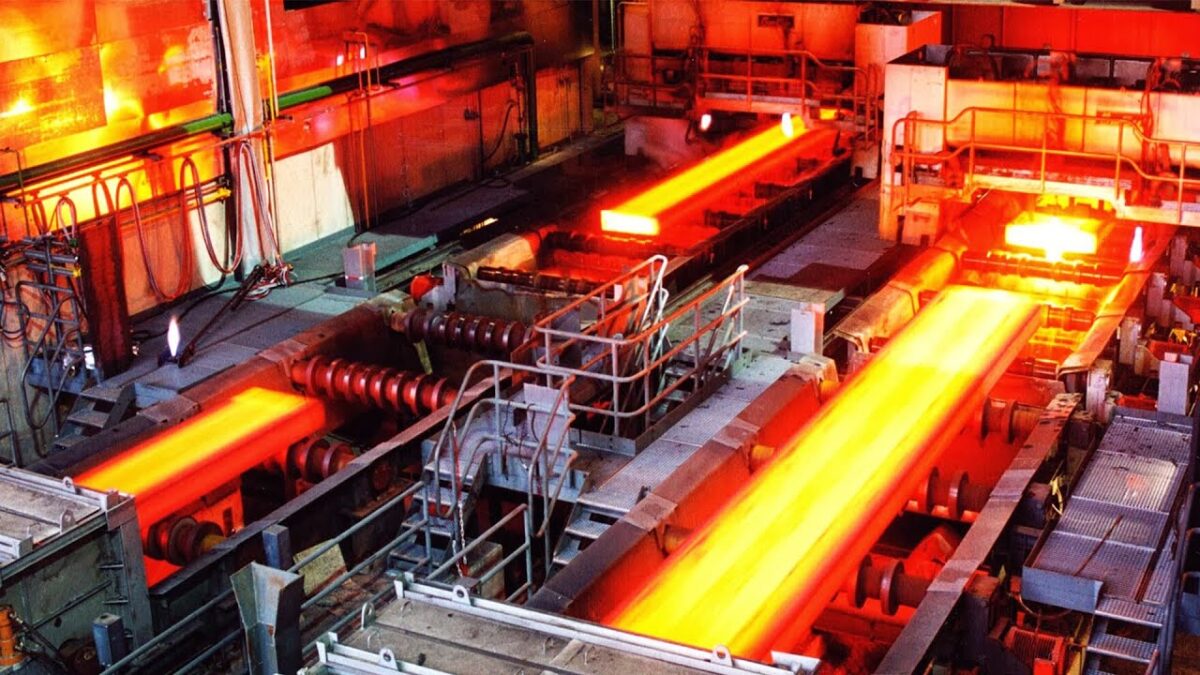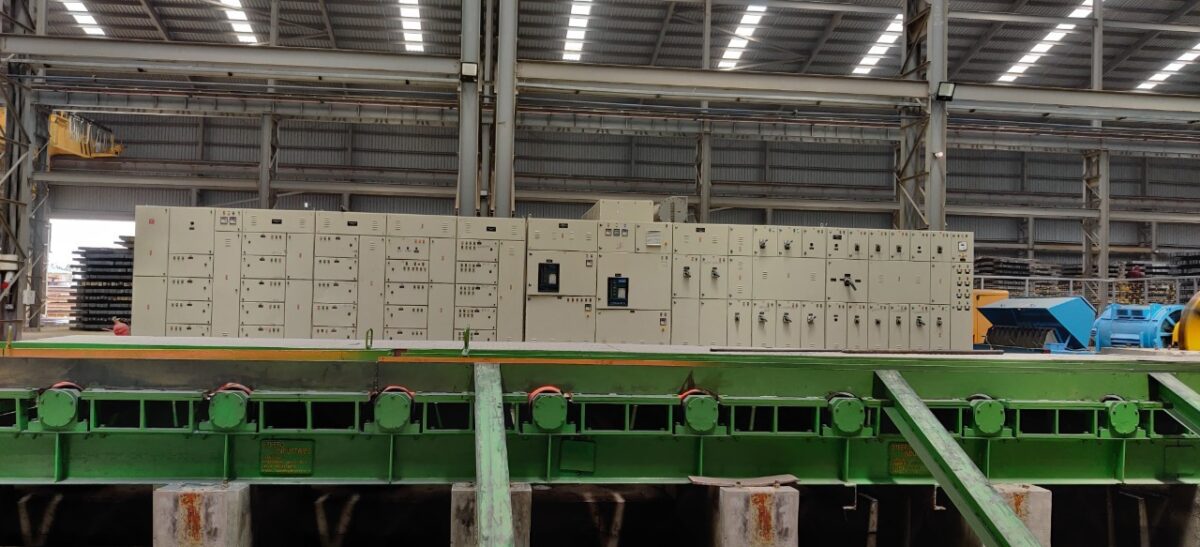Steel is a critical material employed in numerous industries, from automotive and aerospace to construction and manufacturing. However, creating superior-quality steel requires a complex procedure involving various stages involving rolling, melting, casting, and more. The rolling process is the most vital step in deciding the final shape and proportions of steel products. Structural mills specialize in this process stage, and they can benefit from turnkey solutions to enhance their output and efficiency while lowering costs.
What are Turnkey Solutions for Structural Mills?
A turnkey solution is a complete system that supplies everything required to install and utilize a steel rolling mill, starting from concept planning, design, engineering, and its conception to installation, commissioning, execution, and training. Turnkey solutions benefits everyone, who needs more assistance and experience or basic technical and industry-specific know-how in the steel industry.
A turnkey provider for structural mills generally shows a spectrum of services, which includes site inspection, task management, gear selection, operation optimization, mechanization, and upkeep. By selecting turnkey solutions, customers can profit from an efficient method that reduces hazards, expenses, and delays. Turnkey solutions also allow the customer to concentrate on their core business while leaving the technical elements of the steel rolling mill to the specialists.
How Can Turnkey Solutions Enhance Efficiency and Output in Structural Mills?
Structural mills are facilities that are created specifically to deliver a wide variety of structural steel products, like channels, beams, rails, and angles. The output and overall efficiency of a structural mill rely on various elements:
- Raw materials quality.
- Equipment operation and design.
- Skills of the workforce.
Turnkey solutions for structural mills can enhance efficiency and output in various ways. A turnkey solution provider like The Steefo Group can comprehensively examine the customer’s demands and necessities and develop a custom-made solution that improves the whole operation, from material management to product packaging. This can assist in decreasing waste, lowering downtime, and boosting throughput.
Further, turnkey solutions can assist in enhancing the steel products’ quality created by the structural mill. Providers like The Steefo Group also combine state-of-the-art technologies and automation procedures that improve the rolling process’s accuracy and consistency. This can assist in creating steel products that satisfy or surpass the mandated specifications, improving their value.
How Can Turnkey Solutions Lower Prices in Structural Mills?
Lowering expenses is vital for any business, and rolling mills are no exception. Turnkey solutions can support decreased expenditures in numerous ways, like:
1. Optimal Equipment Selection
The Steefo Group helps in choosing the ideal equipment for the consumers’ requirements and funding, considering aspects such as maintenance necessities, energy efficiency, and implementation.
2. Process Optimization
Providers can also support in optimizing the total process, from material management to finished packaging, to decrease waste and labor prices.
3. Automation
They can also integrate progressive automation systems that downsize the need for manual engagement, lowering labor costs and enhancing productivity.
4. Maintenance
Providers also offer complete maintenance assistance to ensure the equipment is in optimal shape, decreasing the chances of downtime and breakdown.
Advantages of Turnkey Solutions for Structural Mills
The advantages of turnkey solutions for structural mills are considerable, including:
1. Streamlined and Efficient process
Turnkey solutions allow the consumer to concentrate on their primary business actions while leaving the technological elements of the steel rolling mill to the specialists. This can end in an efficient procedure that decreases the risks, delays, and costs.
2. Customized Solutions
Providers also give customized solutions to the consumers’ precise needs and necessities regarding budget, materials, volume, and demand.
3. Improved Quality and Consistency
Turnkey solutions combine technologies and automation that improve the rolling process’s accuracy and consistency. It also helps create good-quality products that satisfy or outmatch the standards, increasing marketability.
4. Reduced costs
Turnkey solutions can help reduce costs by optimizing the entire process, selecting the most suitable equipment, incorporating advanced automation systems, and providing comprehensive maintenance services.
5. Faster time-to-market
Turnkey solutions can accelerate the time-to-market of the client’s steel products by minimizing delays, improving efficiency, and ensuring high-quality standards.
Understanding The Steefo Group’s Products
The Steefo Group specializes in everything, from turnkey projects to modular projects, relying on the demands of your business. From TMT bar rolling mills, structural mills, and wire rod mills to products such as mill stands, rolling mill gearboxes, reheating furnaces, and more.
Our turnkey projects experience stringent testing and quality checks to provide the best-in-class products. Our focus on technology and innovation also provides you with the most up-to-date products for your rolling mill.
To learn more about the Steefo Group and their products and how they can improve your productivity and profits, contact +91 98240 76873 or drop a mail at marketing@thesteefogroup.com.
